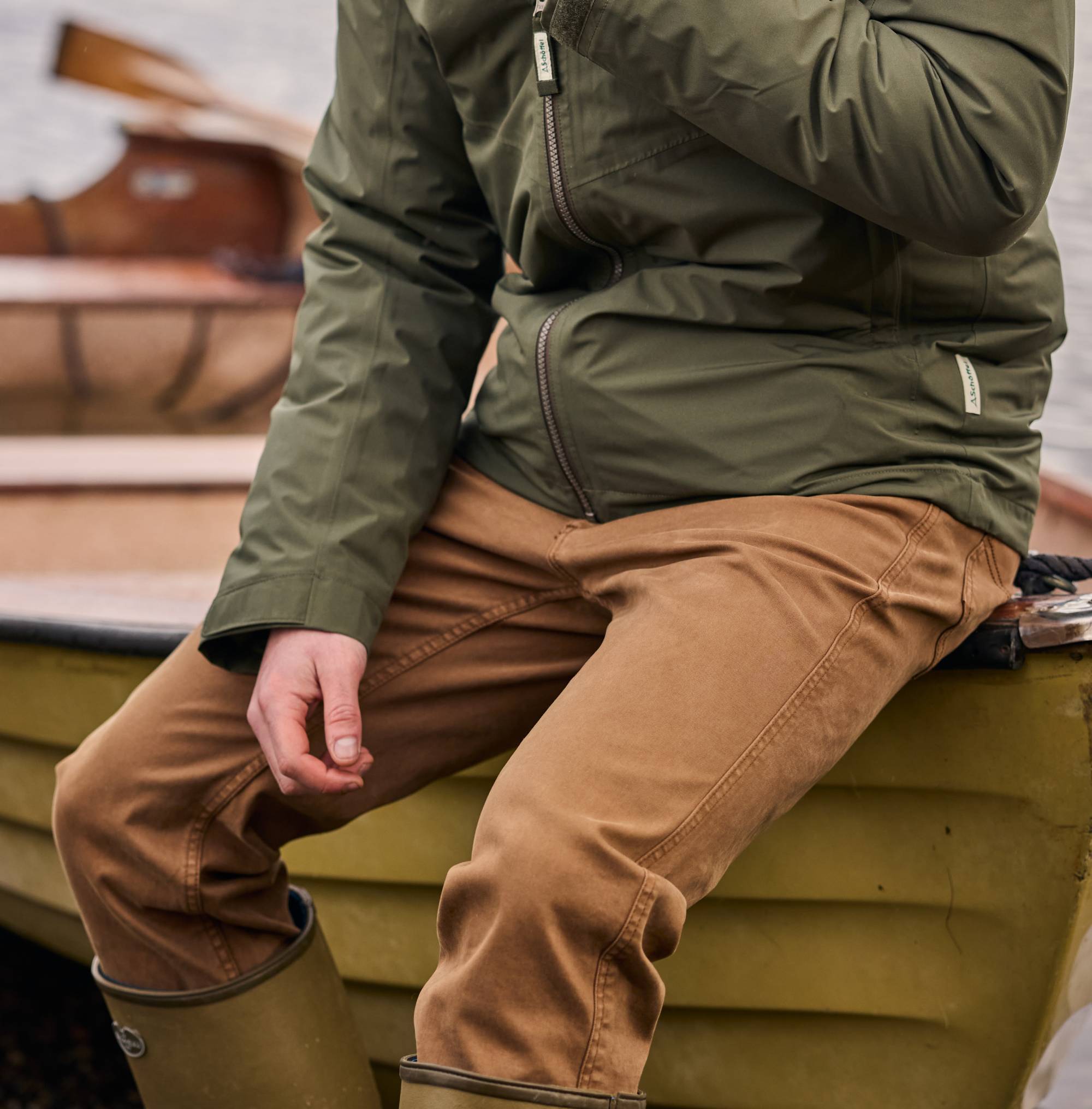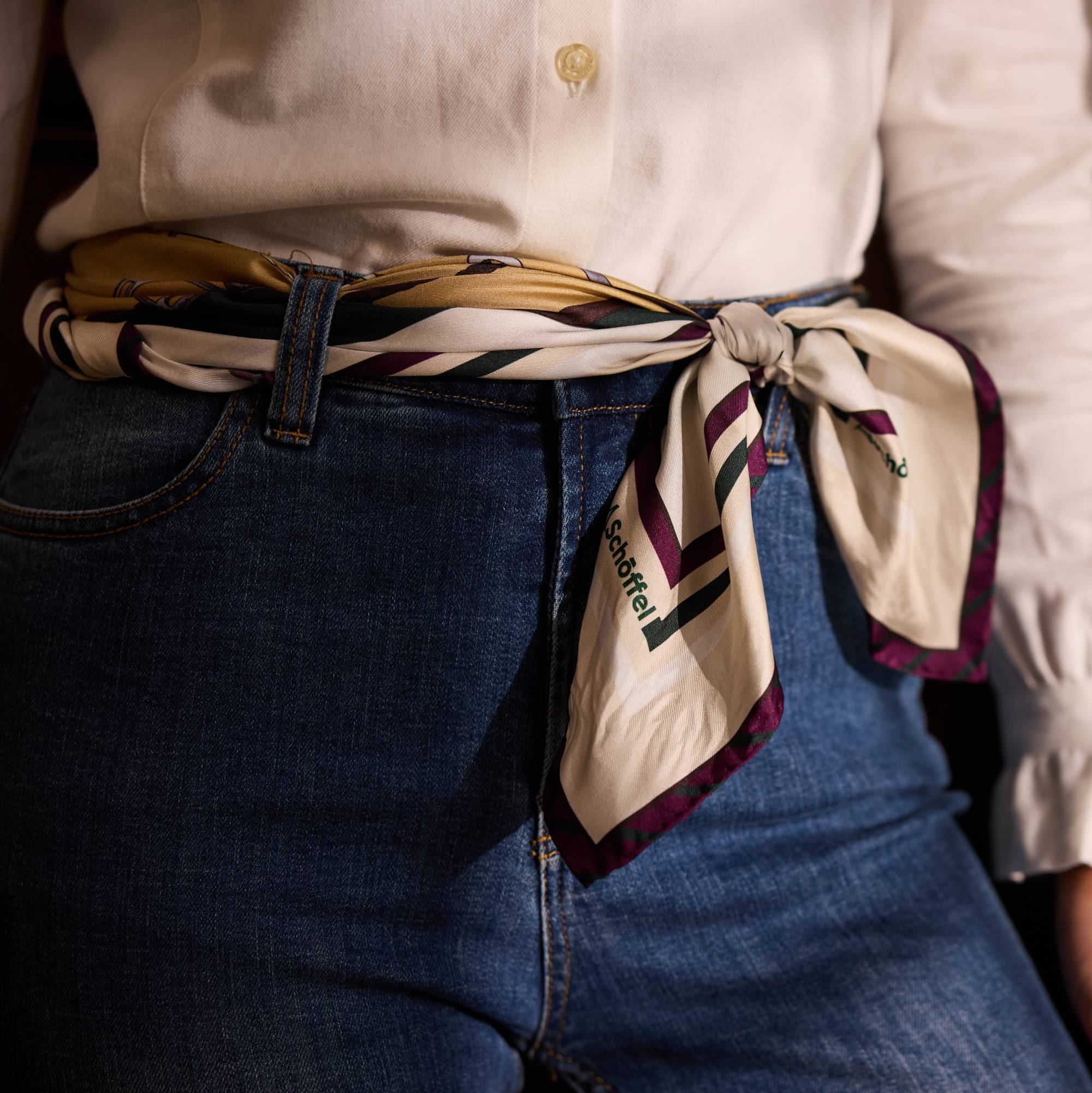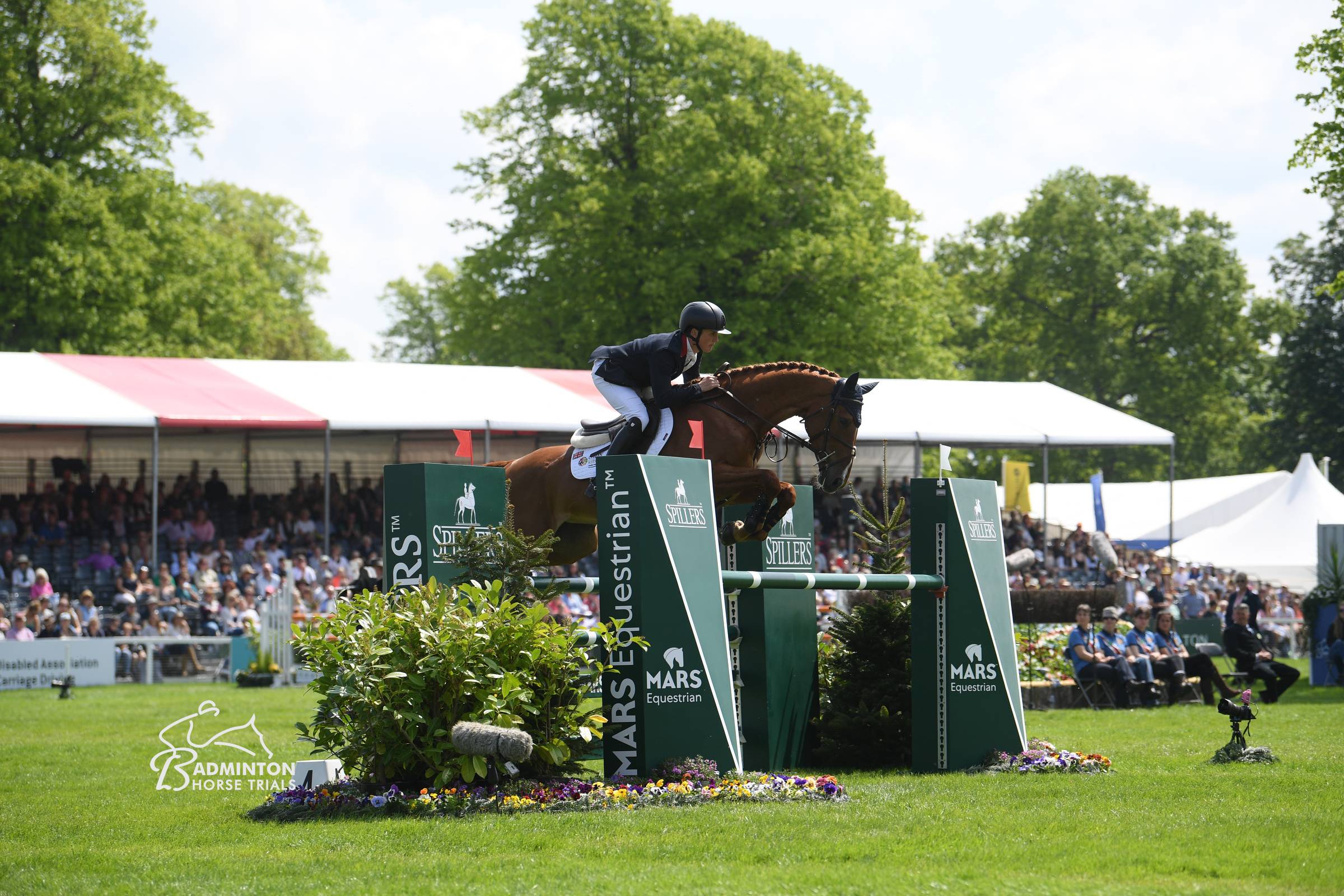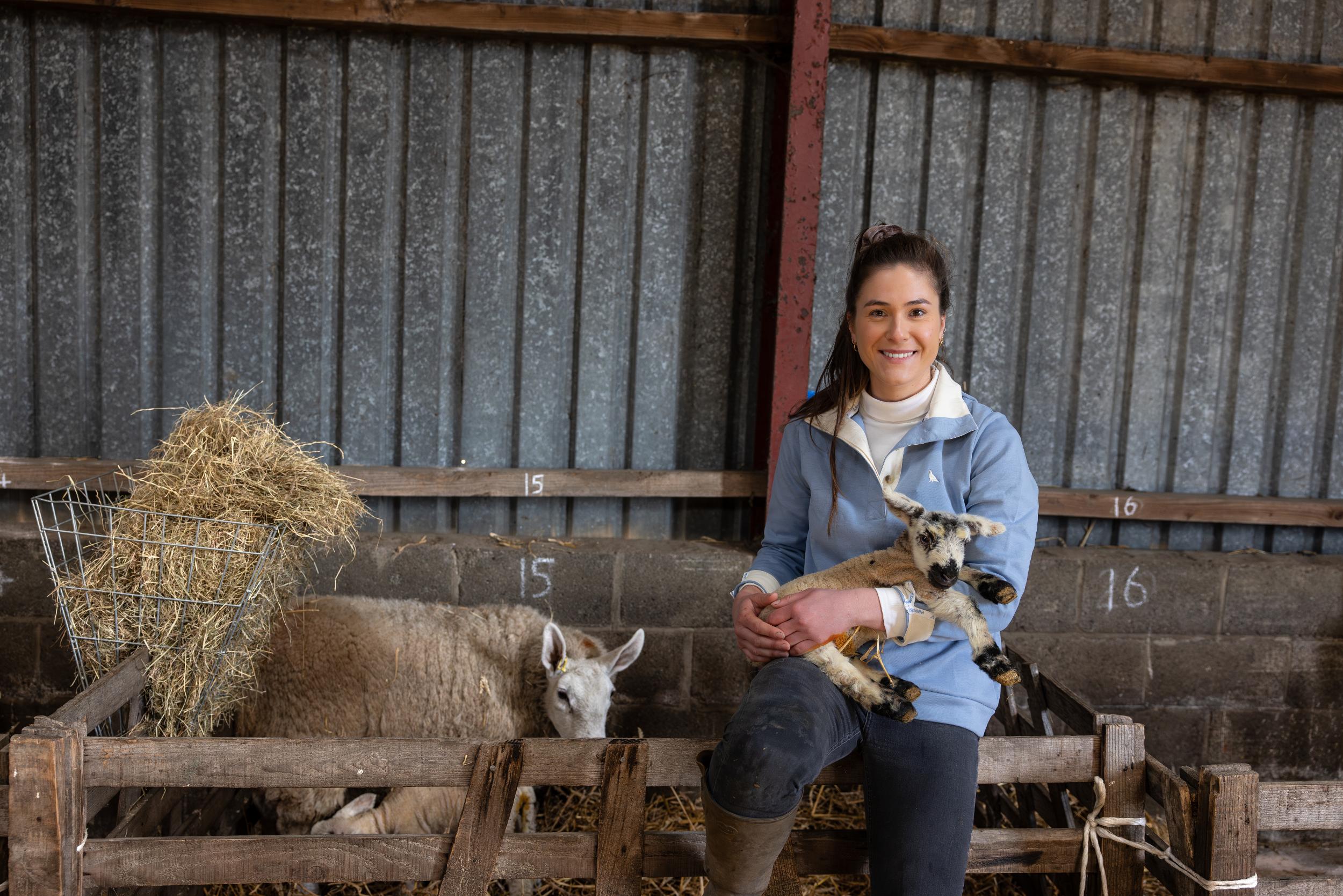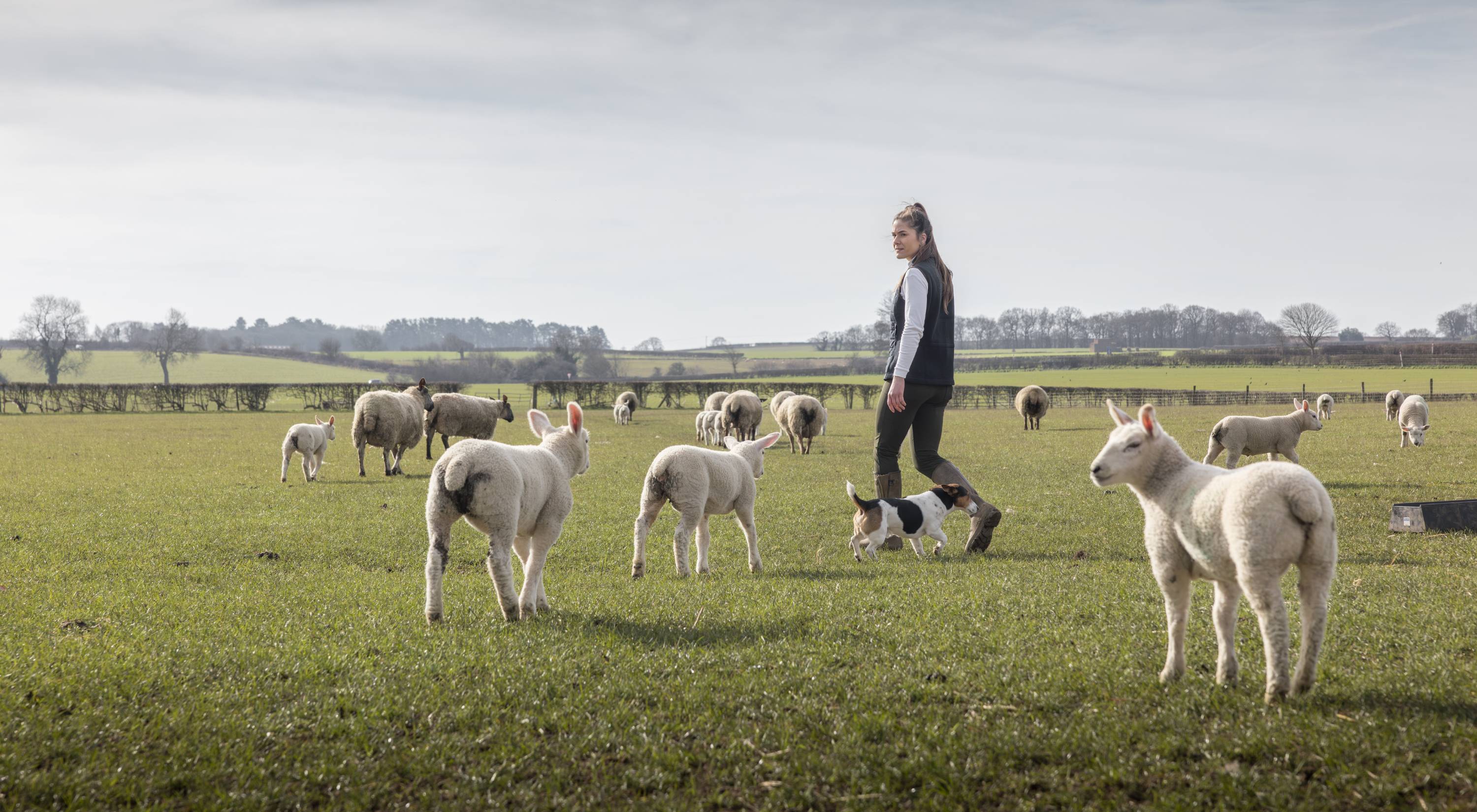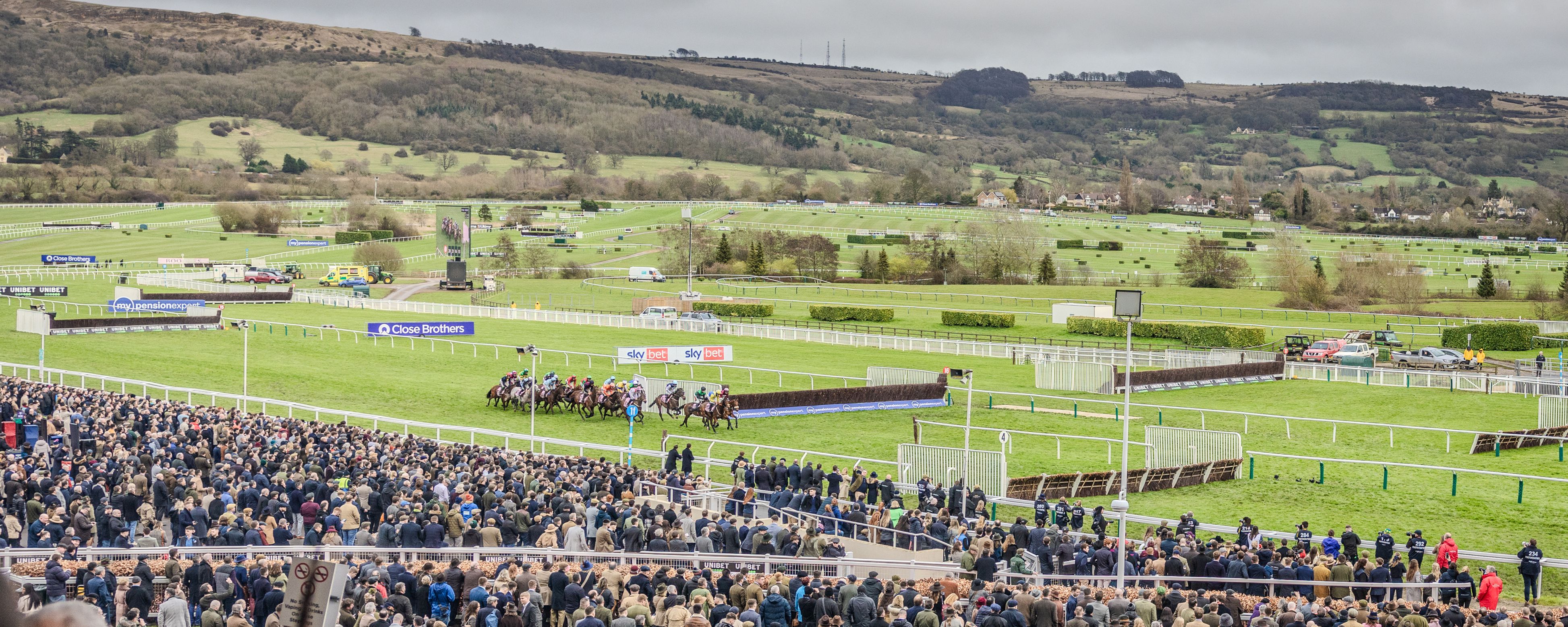
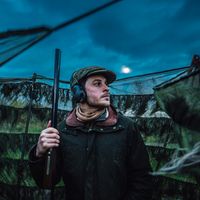
What's it like to be a gamekeeper in Autumn
Autumn marks the culmination of a year’s work here at Whatton House. Shoot days are my show days, and with them comes a glut of excitement, anticipation, nerves and pressure.
Before the first shots of the season are fired, however, there is still much to do. In addition to keeping the birds fed and discouraging them from wandering, I have stiles and bridges to maintain, beaters’ flags to make, the lunch shed to spruce up, shoot day transport to check and clean, pegs to freshen up with a lick of paint… the list is as long as it is varied.
Placing the pegs - by which the Guns will stand as the birds are flushed over them - is a key task before we kick things off. Generally, I have a good idea of where the birds are most likely to fly when flushed, but the location of powerlines, footpaths, roads and the like is also considered when pegging out.
In our case, these pegs tend only to serve as a rough guide; I always like to remain flexible when it comes to positioning the Guns, and will make a call on the day that takes the wind speed, direction and sun into account. The same goes for which drives we choose to shoot - I’m always prepared to change tack if needs be.
Not surprisingly, just like when I was releasing birds in the summer, the weather continues to play a key part in proceedings. Writing this in mid November, we’re yet to have any cold weather. In fact, it’s been pretty mild by all accounts. As a result, instead of heading back to the woods to roost, the pheasants, now in their full adult plumage, are spread about in trees and hedges all over the place. We’ve had some cooler periods with stiff breezes, yet so often on a Friday night the wind drops and the temperature shoots through the roof! You might say it’s Sod’s Law - it certainly makes things challenging! Still, we’ve had some cracking shooting to date - and long may that continue.
Weather aside, there are a number of things to think about on a shoot day. Will there be enough birds in the game covers or woodlands as we work our way through them? Will they play ball and fly well over the line of Guns? Are the paying Guns enjoying themselves? I’m working to a time schedule for elevenses and lunch, making sure beaters are where they’re supposed to be and keeping an eye on the number of birds on the game cart. But we can’t rush and our pickers-up must be given enough time with their dogs to account for the shot birds.
For a long time I’ve said that there’s no happier place than a shoot day when it’s all going right, but there’s no lonelier place when it’s all going wrong. I still get nervous and anxious after three decades of keepering -there’s a lot of pressure. Ultimately, you have all year to work, but only so many days of the year to actually show what you have done.
Thankfully, I have a great team around me who give their utmost to ensure my most important days’ work of the year go as well as they can. The lads and lasses who come beating for me really are a great bunch who understand that while it might be their day off, it’s my livelihood. And their support on the shoot stretches further than the five drives they spend with a flag in their hands. I’m fortunate that many of my team stick about in the beaters’ shed long after the final horn has sounded. We have a beer and discuss the day, good or bad, reflecting on what has gone well and what hasn’t. Only at that point will I be able to relax. I’d be truly knackered without them.
Really, a day’s shooting is all about the people. I’m also lucky that both my wife Caroline and my 11-year-old son, John, can join us so often. Well aware of the full extent of what I do throughout the calendar year, and putting up with me through the rough and the smooth, they know how much putting on a good day’s shooting means to me, and it’s a real boost for me when they’re present.
At the start of one shoot day recently, we were taken by surprise when John was presented with the Gamekeepers’ Welfare Trust (GWT) ‘Young Gamekeeper of the Year’ award by the Trust’s CEO Helen Benson and renowned countryman Sir Johnny Scott. That was a proud dad moment! I’ve always admired the work of the GWT, as they do such an important job helping others in the profession pull through tough times. I was chuffed and quite taken aback when, at the end of the day, the beaters and pickers-up decided to donate their wages to the Trust as a show of support.
Of course, we can’t wrap things up without mention of the special end product of a day in the field. During a shoot day, the shot game will be brought back to the larder and hung to keep it in prime condition for the table. It doesn’t tend to stay there for long, though, and I rarely have many birds left in the chiller after everyone has taken their share before they head home.
We use a fair bit of game for elevenses and lunches here at Whatton. Caroline will often be up early cooking for the beaters on a shoot day. Scotch eggs, minced meat pastries and pies - all made using pheasant and partridge - find their way from our kitchen to the beaters’ shed on a regular basis. Any leftover birds are then taken to a local butcher who shoots here with the syndicate. In return I receive batches of pheasant sausages that are used throughout the season and for barbecues during the summer months.
We’re always thinking ahead, but those summer barbecues seem a long way away right now as the trees shake their leaves.
Winter is looming. More on that next time.




